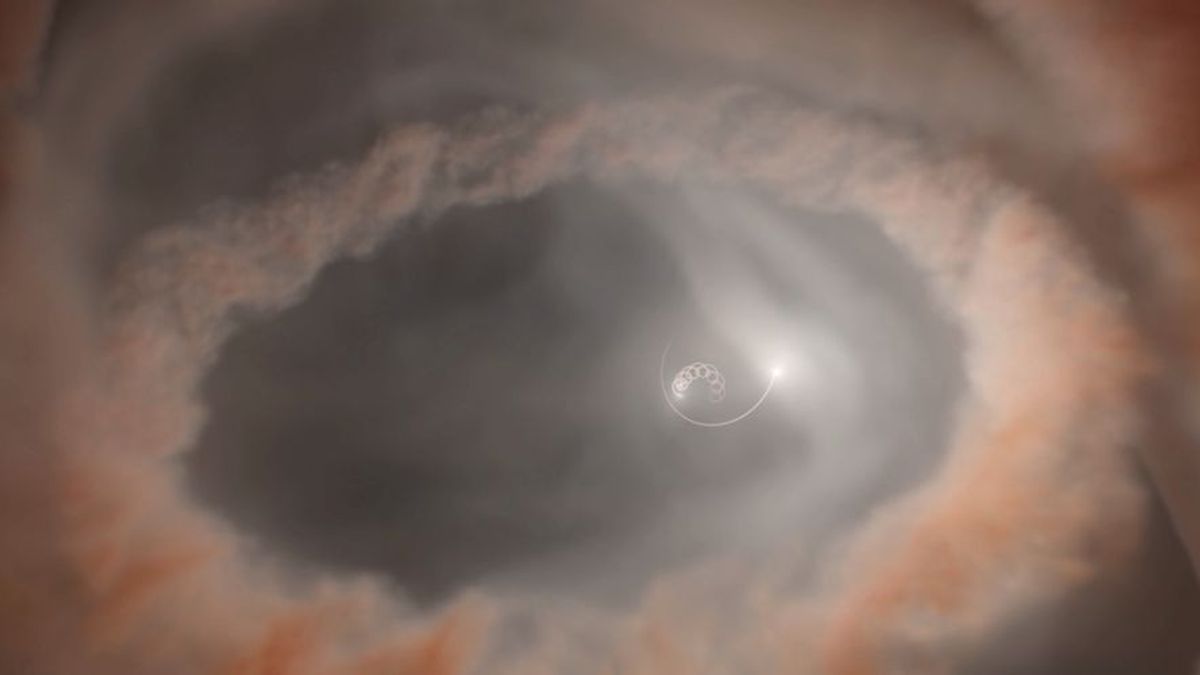JAKARTA - Similar to Earth and the Sun, most of the planets in all of space orbit a single star. But scientists have just discovered the first planet to orbit three stars at once.
For science fiction fans, strange systems like this are always talked about. Whether it's Tatooine's two suns in Star Wars or the all-water Planet Miller in Interstellar, there's a constant fascination with what other planets beyond Earth might look like. As exciting as this contrived world may be, scientists and astronomers make regular discoveries in real life that are just as exciting.
All it takes is a basic aerospace industry follower to see this for themselves. Some of the recent discoveries include a beautiful 'golden ring' more than 9 billion light-years away, a dogbone-like asteroid that tumbled through space, and a strange failed star dubbed 'The Accident.' While each discovery is important for its own unique reasons, this latest one could be one of the most impressive so far.
In a study published in the Oxford Acamedic, scientists have detailed a strange system named 'GW Ori.' The GW Ori is confusing for several reasons. For one thing, the Ori disc is divided into two distinct sections, the outside of which is tilted at 38 degrees.
It is no different from Saturn's rings, except for the fact that it has a large fissure in it. Furthermore, these rings exist with no visible planets. After further modeling of the system, scientists believe that the two disks are the beginning of the formation of a large gas giant that is about a million years old. This is the reason why this planet cannot be seen.
While that's all pretty interesting, the icing on the cake is the star system that surrounds this invisible planet. Instead of having one or two stars, GW Ori has three stars simultaneously orbiting its former planet.
This raises many interesting questions. One of the most important was "What would the sky look like on a planet with three stars?" In the case of this particular planet, the effect will actually be less impressive than you might expect.
As The New York Times explains, it's likely that one can only see the two closest stars toward the center of a planet that is forming. They will also appear as a single beacon of light, though the effect is still amazing to look at.
Furthermore, while the GG Tau A system was previously found to be another possible planet with three stars, what we know about GW Ori makes it a much more likely candidate. The study's lead author, Jeremy Smallwood, explains that "This may be the first evidence of a circumtriple planet carving a fissure in real time."
While the study is quite convincing in its evidence, further work is underway to confirm whether a planet actually exists in GW Ori. Others in the industry, such as Dr. Alison Young, argues that the disk in GW Ori was formed only by stars and not growing planets.
It's impossible to say with 100 percent certainty just yet, but that will soon change. In the coming months, astronomers will observe GW Ori using ALMA and the Very Large Telescope in Chile to get a closer look at the system. If it were discovered that there was indeed a planet forming around three stars, then it would confirm that our space can sometimes be more interesting than the fictional media depicts it.
The English, Chinese, Japanese, Arabic, and French versions are automatically generated by the AI. So there may still be inaccuracies in translating, please always see Indonesian as our main language. (system supported by DigitalSiber.id)












